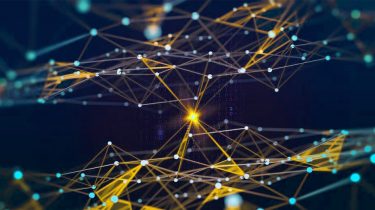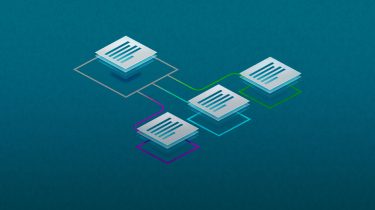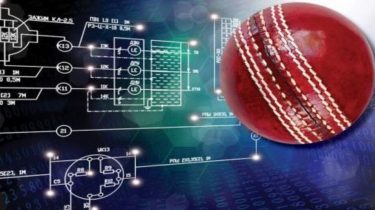Introduction to PyTorch-Transformers: An Incredible Library for State-of-the-Art NLP (with Python code)
Overview We look at the latest state-of-the-art NLP library in this article called PyTorch-Transformers We will also implement PyTorch-Transformers in Python using popular NLP models like Google’s BERT and OpenAI’s GPT-2! This has the potential to revolutionize the landscape of NLP as we know it Introduction “NLP’s ImageNet moment has arrived.” – Sebastian Ruder Imagine having the power to build the Natural Language Processing (NLP) model that powers Google Translate. What if I told you this can be done […]
Read more





